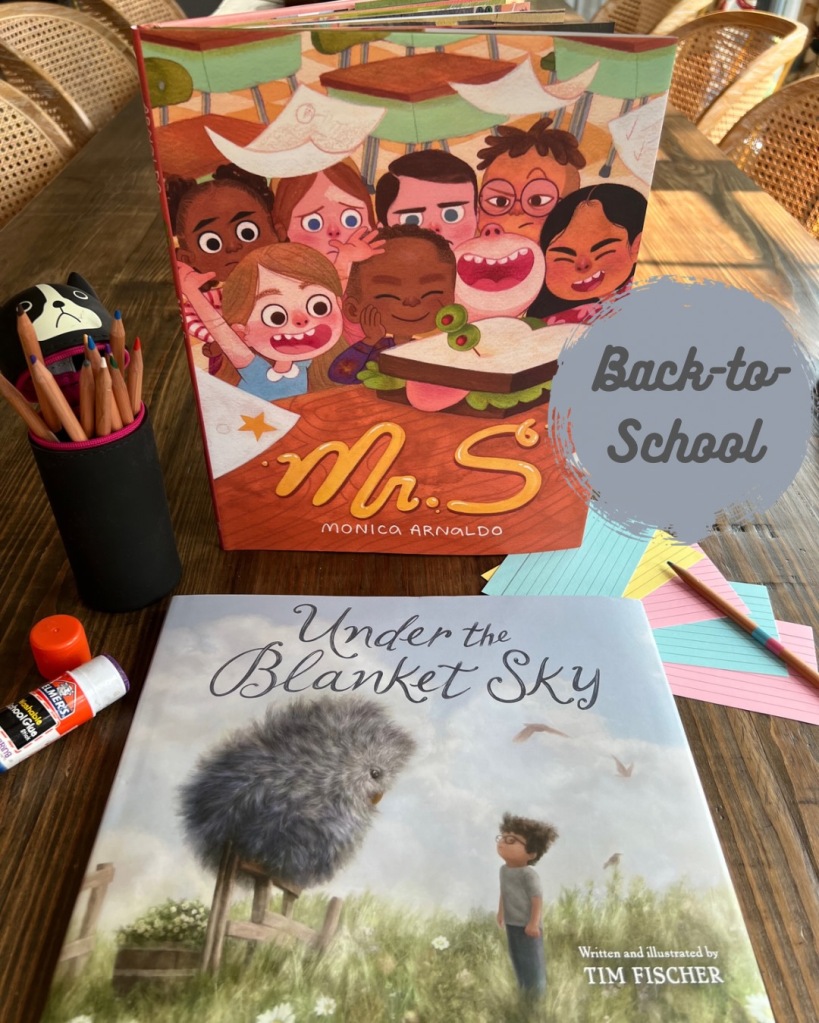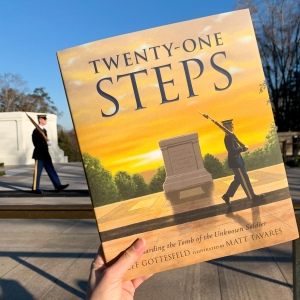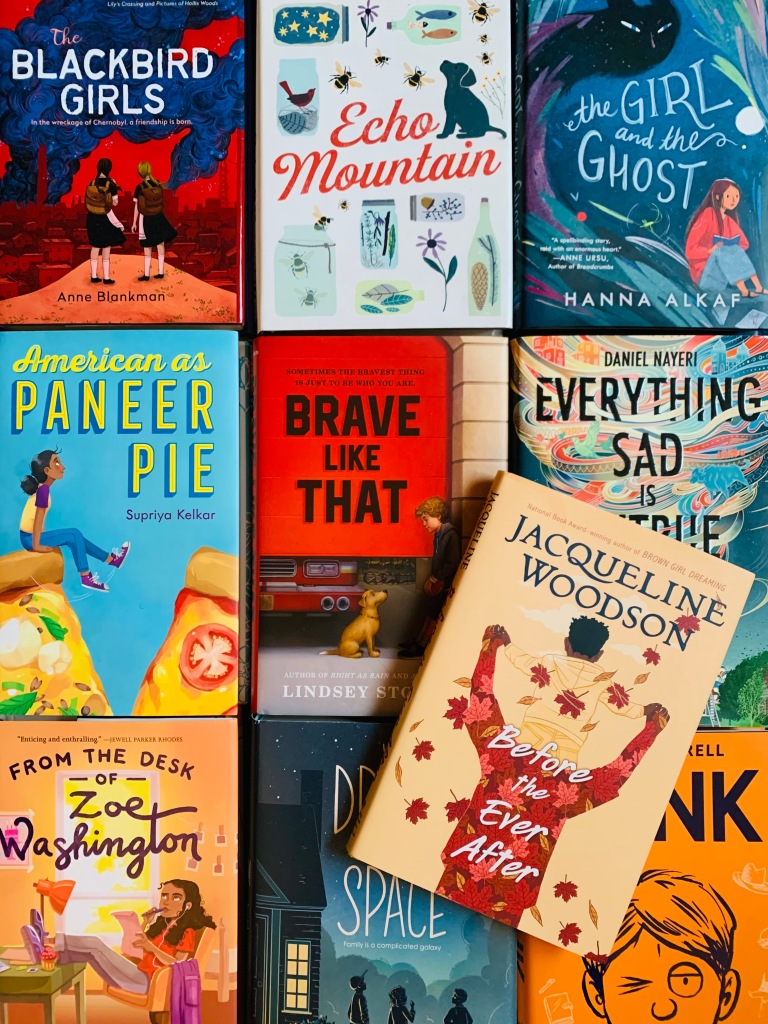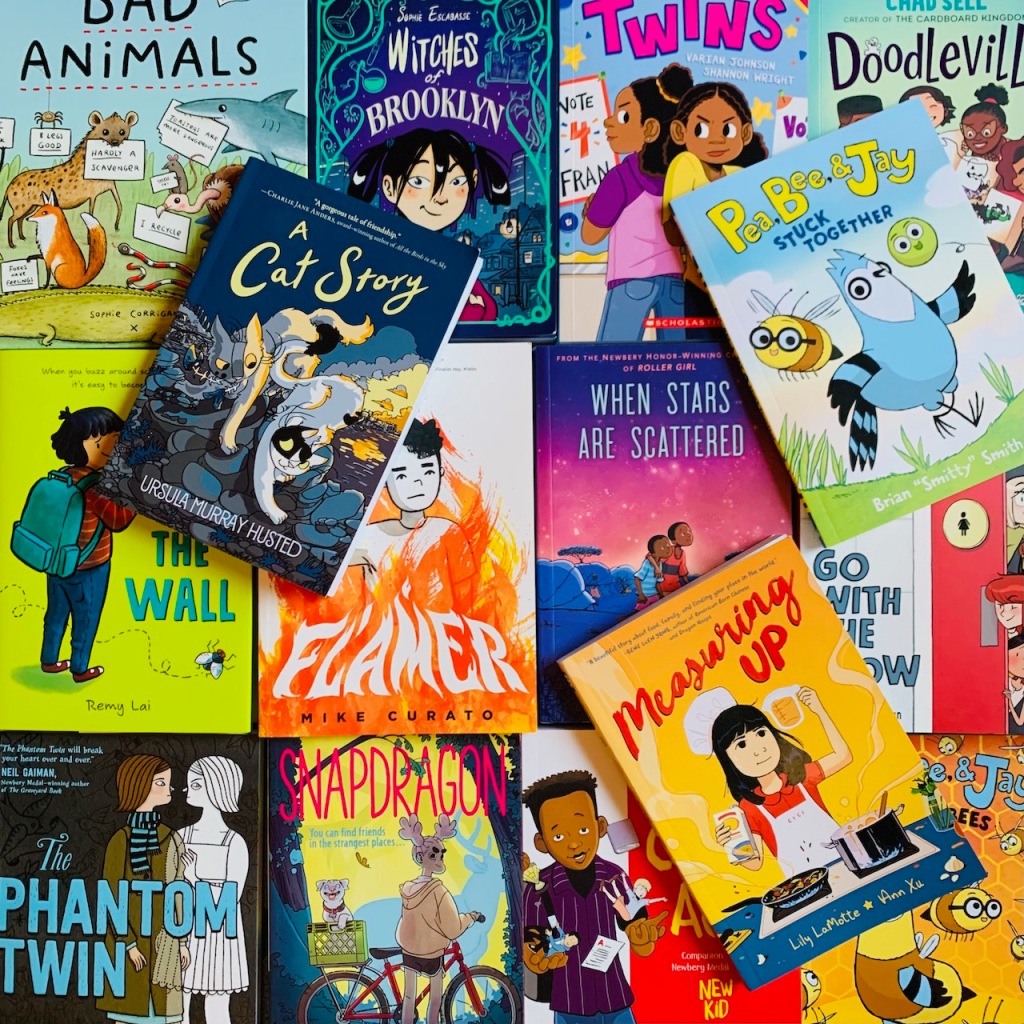In Defense of Sad Books
May 26, 2022 § 6 Comments

(PSST…before we begin, summer reading is coming! If you’re in the Alexandria area, I’d love to see you at Old Town Books on Thursday, June 2, at 7:00pm, where I’ll be presenting my Summer Reading Guide for ages 6-16, with lots of personal shopping to follow! Tickets can be purchased here.)
It has been six years since Lauren Wolk penned her Newbery Honor-winning novel, Wolf Hollow (Ages 10-14), one of the single greatest works of literature I have ever read. (Yes, I’m counting adult books.) It’s a book whose comparisons to other great American novels, most commonly To Kill a Mockingbird, are entirely warranted.
Still, over those six years, I’ve grown weary of recommending the book. When I’ve tried to bring it into schools for book clubs, I’ve been told, “It’s a magnificent book, but I’m worried it will upset kids.” When parents ask me to describe the plot, their skepticism radiates off them: Why would I share a story like that with my child? Do they really need to experience such sadness? Won’t it frighten them? Erode their innocence?
Neither of my kids was old enough for the book when it came out, so when the sequel released earlier this spring, My Own Lightning, I decided to revisit the original, this time aloud with my eleven year old. And I’ll admit: I had not remembered how sad it is. Reading it the second time around, this time through the lens of a parent with a child the same age as the protagonist, I did periodically wonder, Is this too much? When our kids have the rest of their lives to discover pain, should storytime be exclusively reserved for funny, fantastical, feel-good themes?
I had also not remembered how extraordinary the writing is. How Lauren Wolk is that rare writer as well versed at writing gorgeous stand-alone sentences as casting these sentences into a tight arc that moves breathlessly towards its conclusion. Not one word is wasted in this novel—not one word—which is a rare, rare gift for a parent reading aloud.
I had also not remembered how extraordinary the protagonist is. How even in the midst of terrible cruelty, terrible sadness, terrible truth telling, Annabelle finds within herself strength, resilience, and unwavering hope. Through the goodness of Annabelle’s actions and the support of her parents, brothers, and teacher, the reader is never without light. That light might be subtle, but it’s undeniably present.
I had also not remembered what an historical novel set between two world wars can reveal about our country, about the men who left for war and came back changed in ways that sometimes bred more misunderstanding and judgment from others than compassion. About the way neighbors of German descent were suddenly regarded with suspicion—or worse. About the way generations of families tightened belts, hunkered under one roof, ate off their own garden plots, and held their breath in a climate of intense uncertainty.
Wolf Hollow is about all of this without really being about any of it. Strictly speaking, it’s about one girl in a tiny Pennsylvania town who is on the receiving end of physical threats and violence from a new classmate—and chooses to stay silent about it for one beat too long. This silence inadvertently casts suspicion on a veteran named Toby, a mysterious outlier in the community, whom many regard as dangerous but whom Annabelle has always seen as gentle and kind. Against mounting odds, Annabelle tries to save Toby and clear his name.
And yet. While the tears streamed from my own eyes in the final chapters, my daughter’s eyes remained dry. To say she loved the book is an understatement: we have rarely moved so quickly though a read aloud and onto its sequel, because she could not get enough. (We’re halfway through the sequel, so keep your eyes on Instagram for that update.) She was captivated, riveted, couldn’t look away. But she was not gutted in the way that I was reading it. Neither was she horrified or haunted. “I like books that tell what life is really like,” she told me. “Not enough books tell the truth.”
« Read the rest of this entry »Healing in Color
March 31, 2022 § 4 Comments
Two days before we were scheduled to move across the country, when my oldest was just shy of three years old, he broke his leg. My husband and I had left him with my in-laws outside Chicago, while we dashed back into the city to close on our house and run a few final errands. As I sat in the chair at the hairdresser, where my biggest concern was whether I’d ever find someone to cut my hair again, my phone rang. My mother in law wanted me to know that while my son and our dog had been playing, the dog had stepped on his leg. Now he couldn’t walk. They were on their way to the ER.
Did I mention I was pregnant with our second and, owing to a recurrence of pelvic joint disorder, could barely walk myself? I’m sure I don’t need to tell you that a not-quite three year old with a full leg cast can’t exactly use crutches.
Fast forward 48 hours, when my husband moved to Washington, D.C. without us, and I spent the next month bunking in with my in-laws, while they took turns carrying my son and I hobbled along behind them. In the meantime, my husband toured possible places for us to live and sent us blurry pictures. My son demanded to read his Curious George books so many times that my mother-in-law and I nearly came to blows over whether a poorly behaved monkey was the best role model for a human boy. I ended up in the hospital with a kidney infection. It was…an interesting time.
And yet, when I think about my boy through all of this, my recollection is that he was often ridiculously happy. Happy to spend the first few days on the couch, as friends sent care packages and he got to watch more shows than he’d dreamed possible. Happy to spend the next few weeks swinging on porch swings, blowing bubbles, and doing loops on a local antique train. Happy his cast was the brightest shade of green, his favorite color since he was old enough to talk. Happy for bonus time with his biggest fans.
I’ll always remember him holding court on the patio, where we ate every meal that month. (Just like I’ll always remember how grateful I was for my mother-in-law’s cooking.)
But I also remember that, even as he seemed unstoppable when the cast became a walking boot, and when we left my in-laws to visit my own grandmother and tear up and down the beach along Lake Erie, he was surprisingly hesitant when he finally got his boot off. The heavy, itchy accoutrements may have been gone, but they’d left him a stranger in his body. I remember saying, “It’s OK! Come on! Your leg is as good as new!” And he would look down and continue to walk a little funny.
How tempting it is—especially for us parents—to gloss over our children’s trauma. As if, by focusing on the shiny, perfect future, we can pretend the suffering never happened.
In her gentle, insightful new picture book, Out on a Limb (Ages 4-8), author Jordan Morris speaks to the role of courage and patience in the healing process, as a girl recovers from a broken leg, moving from the novelty of sporting a cast to the awkwardness of being without it. Substitute a green cast for a yellow one, and the similarities between this girl’s story and my son’s are plentiful, including an inter-generational component. But you don’t need experience in the broken bones department to enjoy this book, especially when you factor in Charlie Mylie’s gorgeous graphite art, rendered in a largely black-and-white palette with intentional splashes of color. Many children will spark to this story of reclaiming childhood joy in the aftermath of interruption.
« Read the rest of this entry »When A Book Comes Along for the Field Trip
January 20, 2022 § 2 Comments
There was no shortage of grumbling when, one morning over winter break, I announced we were going to Arlington National Cemetery, a ten minute drive from our house.
“But we’ve been there a million times,” my son complained.
“You’ve been there exactly once,” I responded. “Plus, my great-grandfather was a Colonel in World War One, and he’s buried there.”
“We know, because you tell us all the time,” my daughter interjected, not to be outdone by her brother.
“Well, we’ve had a Covid Christmas and we need somewhere to go that’s outside, so that’s that,” I issued, like the authoritarian parent I am.
In my 14-year parenting tenure, there has never been an outing I haven’t been able to improve with a children’s book. In this case, I’d had one tucked away for almost a year. I knew the kids would come around. They always come around.
Jeff Gottesfeld’s Twenty-One Steps: Guarding the Tomb of the Unknown Soldier, majestically illustrated by Matt Tavares (don’t count him out for a Caldecott), takes us behind the scenes of the Tomb of the Unknown Soldier—indisputably the most fascinating part of Arlington Cemetery. No one can help but be awestruck upon beholding the discipline, concentration, and precision of the sentinel guards who keep vigil there, every moment of every day, 365 days a year, in every type of weather.
Especially if you’ve had the chance to read Twenty-One Steps immediately before.
Which our family had, while seated in front of my great-grandparents’ gravestone, under a brilliantly blue December sky, surrounded by thousands of wreaths placed there for the holidays. We read while we waited for the top of the hour, when we headed over to the Tomb of the Unknown Soldier to watch the changing of the guard.
« Read the rest of this entry »The Secret to Picking Read-Aloud Chapter Books
May 13, 2021 Comments Off on The Secret to Picking Read-Aloud Chapter Books
How do you choose the chapter books you read to your kids? Maybe you consider whether the subject matter will appeal to them. Maybe you focus on what kind of characters they’ll identify with. Maybe you know they’ll be more likely to sit still for a funny story than one with long descriptive passages. Maybe you reach for a book because it’s one your child has asked you to read, or one you think you should read, or one by an author your child loves.
Whatever your criteria, it’s likely you’re thinking more about the audience than about yourself.
What if I told you your audience doesn’t matter?
OK, that’s not entirely true. Of course, your audience matters. Especially with younger children, there will always be ages and maturity levels to consider. But do you know what matters more than all the things I listed above? What matters the most?
The secret to picking a chapter book your kids will want to hear night after night is to pick one you will enjoy reading.
Your enthusiasm for what you’re reading influences your children’s enjoyment more than anything else. When you’re into a story, your eyes light up. Your voice is more dynamic. You are infinitely more likely to make that story enticing. Suddenly, the dishes in the sink or your buzzing phone fade into the background. Suddenly, there is nothing more important, nothing more exciting, than the mutual experience of immersing yourselves in a fictional world.
It’s tremendously liberating. Don’t enjoy fantasy? Don’t read it. Bored to tears by the likes of Magic Tree House? Save ‘em for your kids to read on their own. By reading aloud to your children, especially after they are reading on their own, you are giving them a precious gift. You’re choosing to prioritize reading in the home. I’m giving you permission to enjoy it as much as your kids do. Heck, I’m telling you your enjoyment will nearly guarantee their enjoyment—and, consequently, all the benefits that come with it.
For me, it always, always comes back to the writing. I’m a sucker for good writing. I love the way beautiful language rolls off the tongue. I love the drama of a perfectly placed sentence. I love smart, funny dialogue. Most of all, I love writing that’s tight. (Ironic, I know, since succinctness is clearly not my own specialty.) If a paragraph starts to drift or ramble, if the pacing of a story wanes, then my attention breaks. I’m no longer present. My heart’s not in it. The magic is broken…for a spell.
In that vein, I enjoyed every moment of Elana K. Arnold’s The House That Wasn’t There (Ages 8-12, younger if reading aloud), which I just finished reading to my ten-year-old daughter. Yes, the story itself has plenty to recommend it—who wouldn’t love middle-school realism with a few teleporting cats thrown in for good measure? But what struck me the entire time I was reading it was how good the writing is. Every sentence is an absolute pleasure to read out loud. It’s tight. It flows beautifully. It filled us with that same warm fuzzies as previous favorites like this, this, and this.
« Read the rest of this entry »Spring Break Beckons: Middle-Grade Round Up for Ages 7-14
March 25, 2021 § 3 Comments
I spent the winter reading. A lot. And that’s good news for your readers, especially those eager to squirrel away with a new story (or three) over Spring Break. All of the recommendations below are books published this year (with the exception of a late 2020 release). Some of them I’ve already talked about on Instagram, but there are surprises, too. Some skew younger and some older, so be sure to consult the age ranges for each. There are graphic novels, novels in verse, mysteries, fantasy, historical fiction, memoirs, and realistic fiction.
As always, report back and tell me what your kids thought!
« Read the rest of this entry »


















